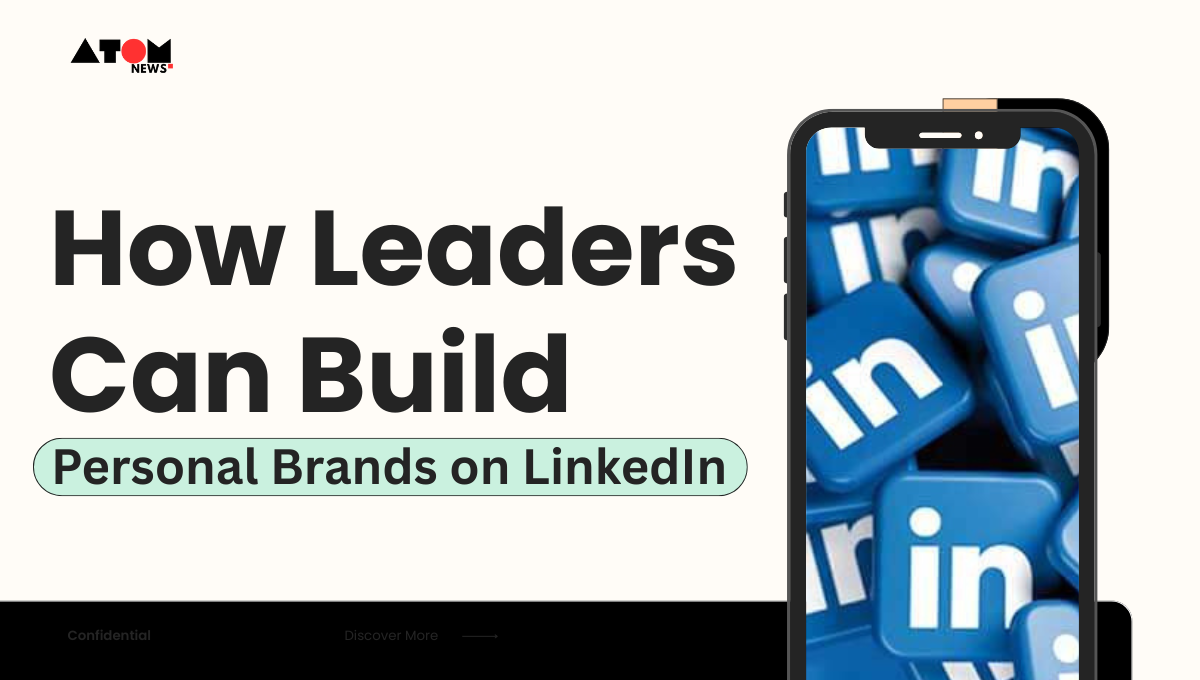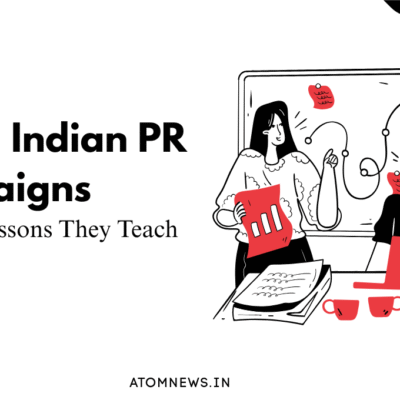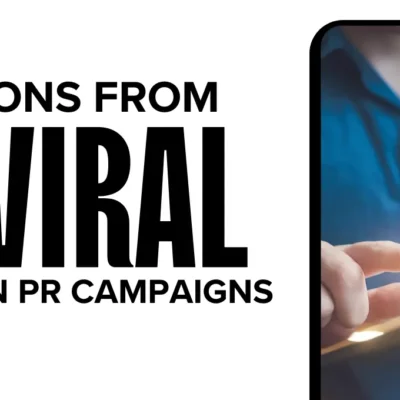In today’s digital-first business environment, leaders are no longer judged only by the companies they run, but by the ideas they share publicly. Among all platforms, LinkedIn has become the most powerful stage for thought leadership, credibility building and professional influence. With more than 100 million users in India, LinkedIn is no longer just a networking site—it is where decisions are shaped, partnerships are discovered and reputations are built.
For founders, CXOs, managers and industry specialists, building a personal brand on LinkedIn is now a strategic tool for business growth. Strong personal branding helps leaders attract talent, build trust with customers, inspire teams, influence industry narratives and create long-term visibility beyond traditional PR or media coverage.
But building a credible LinkedIn presence requires clarity, consistency and strategic communication. Here’s how leaders can do it effectively in 2026.
Start With a Clear Narrative: What Do You Want to Be Known For?
Great personal brands begin with focus—not frequency. Leaders must define their core narrative pillars before creating content. This means identifying:
- The industries you represent
- The problems you solve
- The values you stand for
- The insights you’re uniquely qualified to share
A Hootsuite Social Trends Report (2024) found that thought leaders with clear, consistent messaging gained 3x higher engagement than those posting randomly.
A leader’s brand should have depth, not noise.
Post Consistently, Not Constantly
LinkedIn rewards leaders who show up with value—not volume. Posting 2–3 times per week is enough to stay visible without overwhelming your audience.
Consistency builds recognition and trust. It tells your audience that you’re reliable, informed and invested in engaging with them. Leaders who appear online only during company announcements or fundraising rounds struggle to build long-term credibility.
Share Insights, Not Just Achievements
The strongest LinkedIn profiles belong to leaders who educate and inspire—not those who only promote milestones. Value-driven content includes:
- Industry trends
- Lessons from failures
- Behind-the-scenes decisions
- Leadership philosophies
- Hiring insights
- Customer stories
- Personal growth reflections
- Cultural and team-building experiences
According to LinkedIn’s B2B Thought Leadership Impact Report, 73% of decision-makers trust companies more when their leaders share authentic insights consistently.
When leaders speak from lived experience, audiences lean in.
Engage Like a Human, Not a Corporate Handle
Thought leadership on LinkedIn isn’t one-way—it’s a conversation. Leaders build stronger brands when they:
- Comment meaningfully on posts
- Reply to their audience
- Participate in discussions
- Celebrate others’ work
- Ask questions
- Share viewpoints respectfully
This positions them as accessible, grounded and people-centric—qualities increasingly expected from modern leadership.
Show the Person Behind the Title
People follow leaders, not designations. Content that humanises leadership—stories about tough decisions, risks, doubts, mentorship moments, or career pivots—creates deeper connection.
The Edelman Trust Barometer 2024 notes that audiences trust leaders who communicate like real humans, not corporate spokespeople.
Authenticity beats polish every time.
Use Visual & Video Content to Build Stronger Recall
With LinkedIn prioritising rich media, leaders can use:
- Short videos (30–60 seconds)
- Carousel posts
- Screenshots of notes
- Personal photos with context
- Simple graphic explainers
Video in particular boosts leadership visibility; LinkedIn reports that video posts receive 5x more engagement than text-only content.
Collaborate With Your Company’s Brand Story
Personal branding works best when it complements—not overshadows—the corporate brand. Leaders should amplify:
- Company values
- Employee wins
- Leadership decisions
- Customer success stories
- Innovation updates
- Industry initiatives
When leaders advocate for their teams and vision, it strengthens employer branding, investor confidence and customer trust.
Build a Strong Network, Not a Large One
Effective personal branding isn’t about collecting connections—it’s about building meaningful professional relationships. Leaders should connect with:
- Industry peers
- Startup founders
- Journalists
- Influencers
- Partners
- Employees
- Students and young professionals
A richer network leads to richer conversations, better visibility and stronger reputation.
Measure What Matters
LinkedIn analytics offer leaders insights into:
- Who views their posts
- Which industries engage most
- What content performs best
- Profile visits from decision-makers
This helps refine messaging and understand audience interests over time.
Final Insight
LinkedIn today is a leadership platform, not just a professional network. Leaders who consistently show up with clarity, authenticity, insight and engagement build influence that extends beyond digital presence. In 2026, the most impactful leaders will be those who use LinkedIn not to broadcast achievements, but to shape conversations, empower teams and share ideas that create value for their industries. Personal branding is not vanity—it’s leadership in the open.





